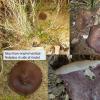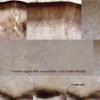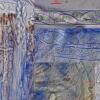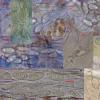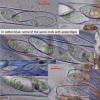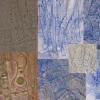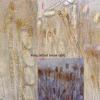
15-12-2025 15:48
 Danny Newman
Danny Newman
Melanospora cf. lagenaria on old, rotting, fallen

15-12-2025 15:54
 Johan Boonefaes
Johan Boonefaes
Unknown anamorph found on the ground in coastal sa

15-12-2025 21:11
 Hardware Tony
Hardware Tony
Small clavate hairs, negative croziers and IKI bb

15-12-2025 07:09
 Danny Newman
Danny Newman
indet. Rutstroemiaceae sp. on unk. fallen leavesMc

15-12-2025 07:05
 Danny Newman
Danny Newman
Pseudosclerococcum golindoi (det: Zotto)near Cosb

15-12-2025 11:49
 Danny Newman
Danny Newman
ITS sequences from the following two collections B

15-12-2025 12:34
 Danny Newman
Danny Newman
indet. Rhytismataceae on oak leafnear Purchase Roa

09-12-2025 12:06
 Andgelo Mombert
Andgelo Mombert
Bonjour,Je recherche l'article concernant Hypobryo
 found first by my wife, some days ago, two days later findplace revisited. Calcareous side of rivulet, in vicinity of Fraxinus (known findplace of Morchella esculenta, Verpa conica etc.).
found first by my wife, some days ago, two days later findplace revisited. Calcareous side of rivulet, in vicinity of Fraxinus (known findplace of Morchella esculenta, Verpa conica etc.).I hesitate if the type of ascus-amyloidity is WTR? I would say so.
The spores are very variable in size and content, within and also outside the ascus - I found more ellispoid spores about 16-20/9-12 and more elongate ones about 19-23/8-10 µm, the latter likely being the better ripe ones (?). Some of these spores I noted to bear appendages, I noticed this only when preparating in cotton blue/lactophenole. The spores seem to be fully smooth.
I would have tried to identify this as Geosypha ampelina, but I hesitate by some details, especially the amyloidity (should be WT in ampelina), and the vernal growth.
Who can provide me with a proposal to the species?
Yours, Lothar

The presence of apical sheath on the ascospores is typical. The type of amyloid reaction is often intermediate between WT and WTR. In your collection, this is close to WTR, but the ring is not very thick as observed in Peziza spp. s. str.

thank you very much for confirmation and comments.
Yours, Lothar
